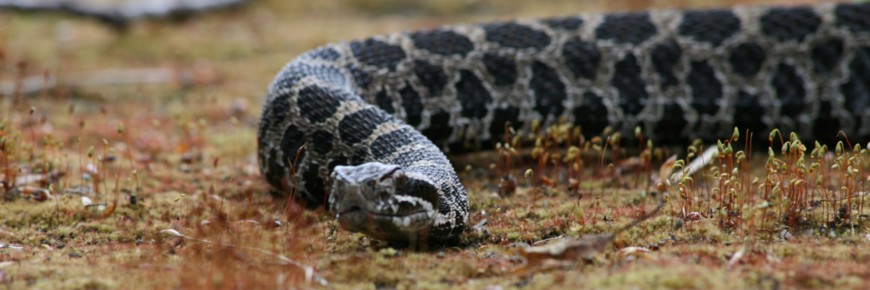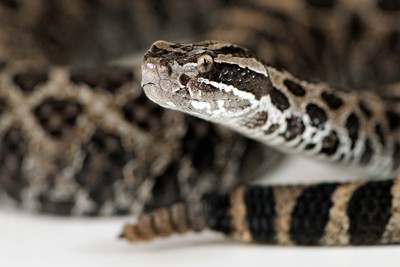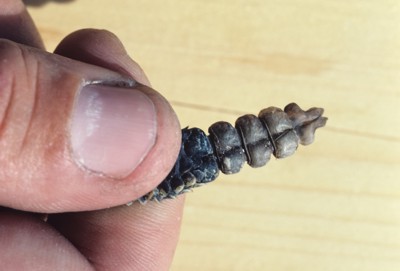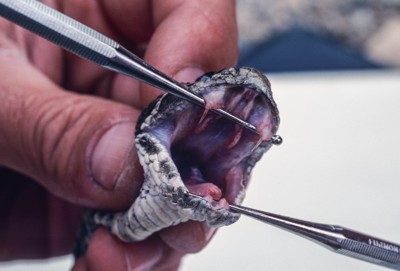
Did you know?
Bruce Peninsula National Park
Interesting facts about the Massasauga Rattlesnake:
- Massasaugas are members of the group of snakes known as pitvipers. They have a heat-sensitive pit between each eye and nostril that allows them to easily track their prey using temperature.
- Massasauga is an Ojibwe word meaning "great river mouth", which references a habitat where the snakes can be found.
- Snakes don't really smell with their tongues. They collect scents in the air through their tongue, and then touch their tongue to an organ on the roof of their mouths to smell. This is why snakes move their tongues in and out so often!
- You can't always guarantee that you will hear a Massasauga rattle when it's close by. A study conducted at Bruce Peninsula National Park showed that Massasaugas only rattled 40 percent of the time when approached by humans. They prefer to use their excellent camouflage to stay hidden.
- Snakes shed their skin inside out from head to tail - like peeling off a sock! Each time they shed, they gain another segment on their rattle. These segments eventually break off.
- The Massasauga's rattle is made up of keratin, the same material as our fingernails!
- Massasaugas can control the movement of each fang separately, and can also control the amount of venom they release. When striking prey, they can choose to inject venom from one fang, both fangs, or neither!



- Date modified :